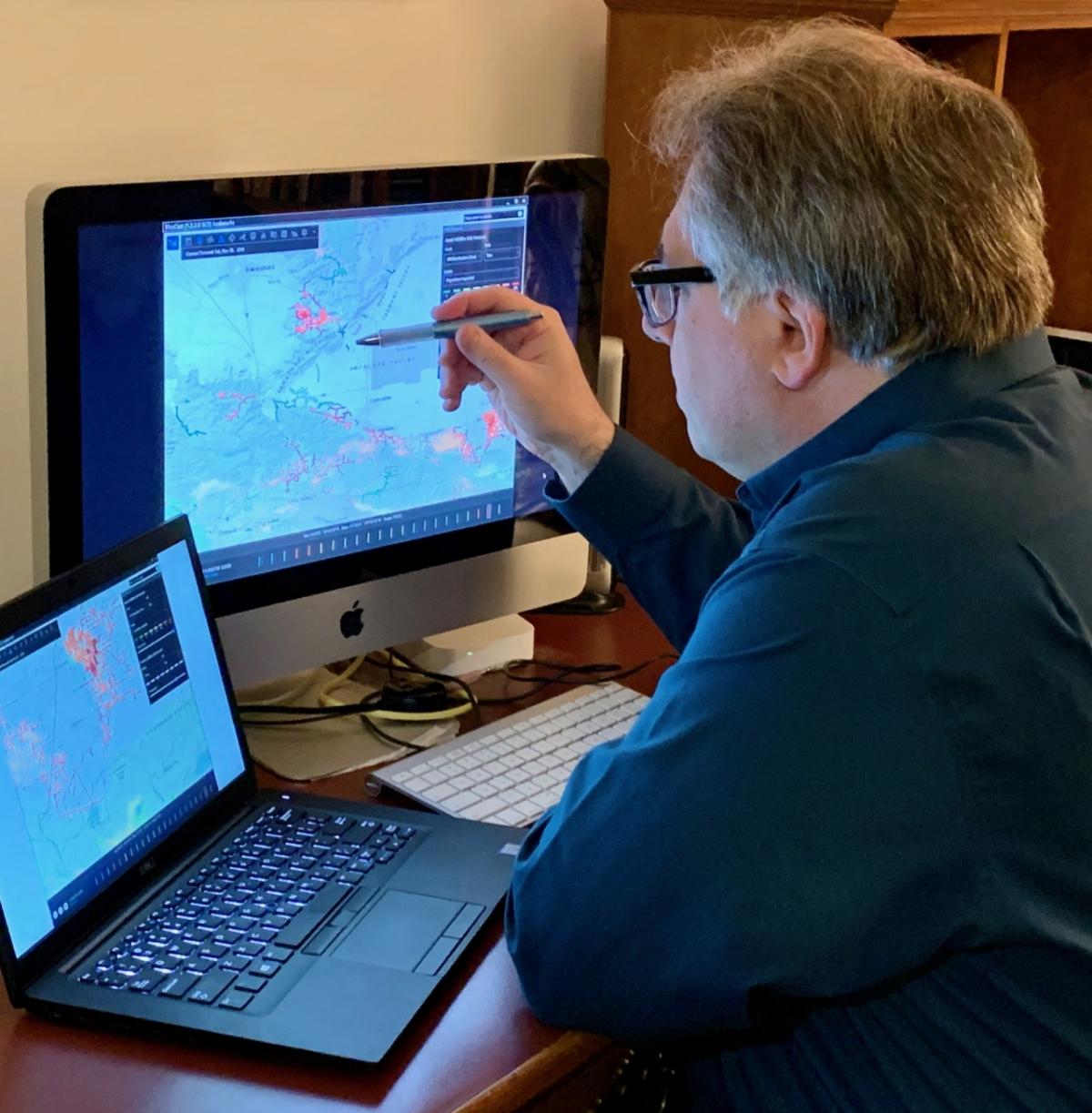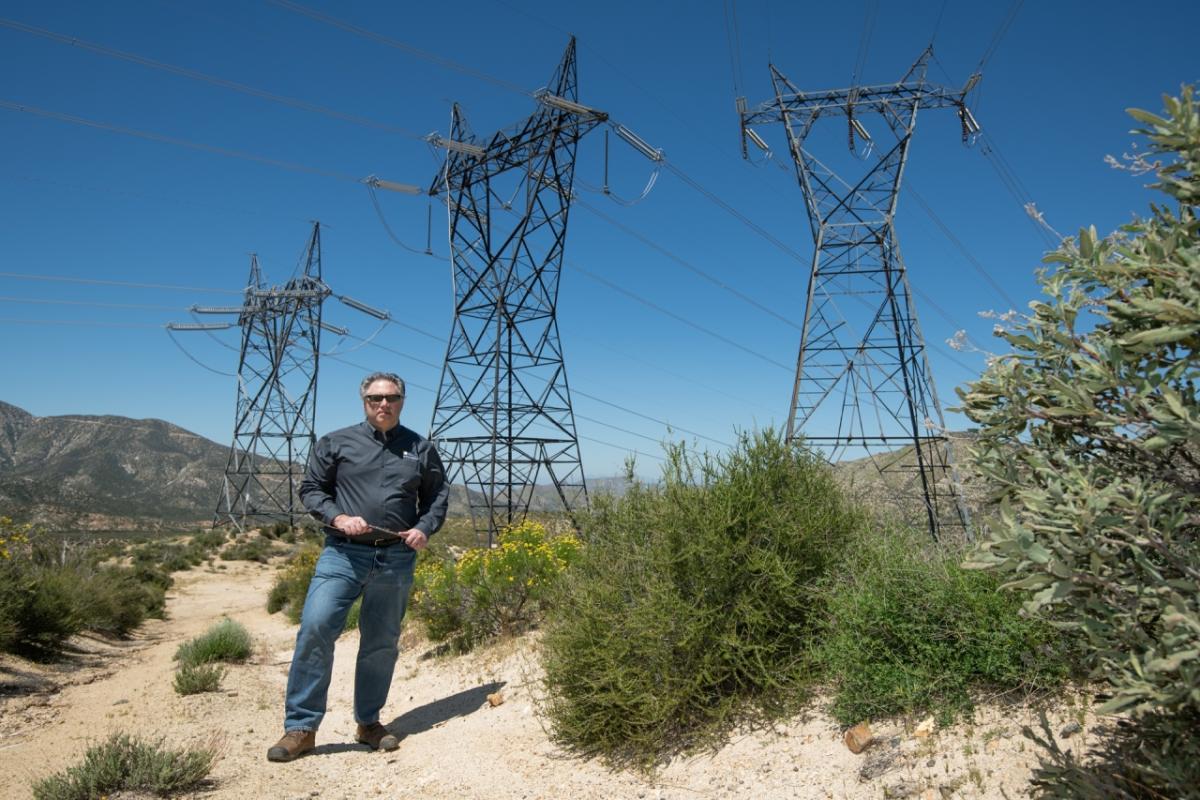A High-Tech Approach to Improving Wildfire Threat Prediction
SCE’s fire scientist details how machine learning can measure moisture data to accurately determine the wildfire threat in remote forested areas.
By Reggie Kumar, Energized by Edison Writer
Southern California Edison continues to enhance its fire science program and Tom Rolinski, SCE’s fire scientist, leads the effort. The utility has implemented cutting-edge technologies to predict the threat of wildfires in high risk areas, which make up 27% of SCE’s 50,000-square-mile service area.
“We are leveraging machine-learning technology to improve the accuracy of our wind-speed forecasts. We began piloting it on 61 SCE weather station locations in 2021 and will expand that to about 500 locations this year,” said Rolinski. “This technology will drastically improve the accuracy of our forecasts where other traditional models fall short.”
“We’re also using satellite imagery to help detect potential wildfires and piloting AI (artificial intelligence) technology that may be able to automatically alert fire agencies if a possible ignition is detected through our Alert Wildfire camera network,” he added.
Rolinski and scientists from Atmospheric Data Solutions recently co-authored a scientific paper published in the International Journal of Wildland Fire.The research validates the machine learning technology used to help measure moisture levels in remote vegetative areas versus physically going to a location to collect live vegetation moisture samples to assess wildfire threat.
“This allows us to expand the granularity of data we gather on live fuel moisture throughout our service area,” Rolinski said. “The model in the study creates computer-generated statistical forest trees that contain everything that can affect moisture amounts in vegetation. This statistical information includes location, temperature, precipitation, soil moisture and many other factors.”
The technological achievement helps to more precisely determine the wildfire threat and where a Public Safety Power Shutoff event may be needed. PSPS is a measure of last resort to reduce the risk of a significant wildfire to keep communities safe.
“We know that PSPS events create hardships for our customers, communities and businesses. That’s why it is critical to continue working to reduce the need for PSPS in high fire risk areas,” Rolinski said.
SCE’s 2021 PSPS Action Plan included grid hardening work conducted on circuits that experienced four or more de-energizations from 2019 through January 2021. Nearly all the expedited work was completed by last October, allowing SCE to reduce 118 million customer outage minutes due to PSPS. This reduction reflects a 75% improvement on the most frequently impacted circuits assuming the same weather and fuel conditions as 2020.
“We anticipate continued improvements by this upcoming peak fire season with an ongoing focus on additional grid hardening,” Rolinski said.
Rolinski’s co-authored study model is already in use throughout fire-prone locations in SCE’s service area.
“This technology plays a critical role in collecting very precise data points that will inform PSPS decision-making in high fire risk areas,” he said.



